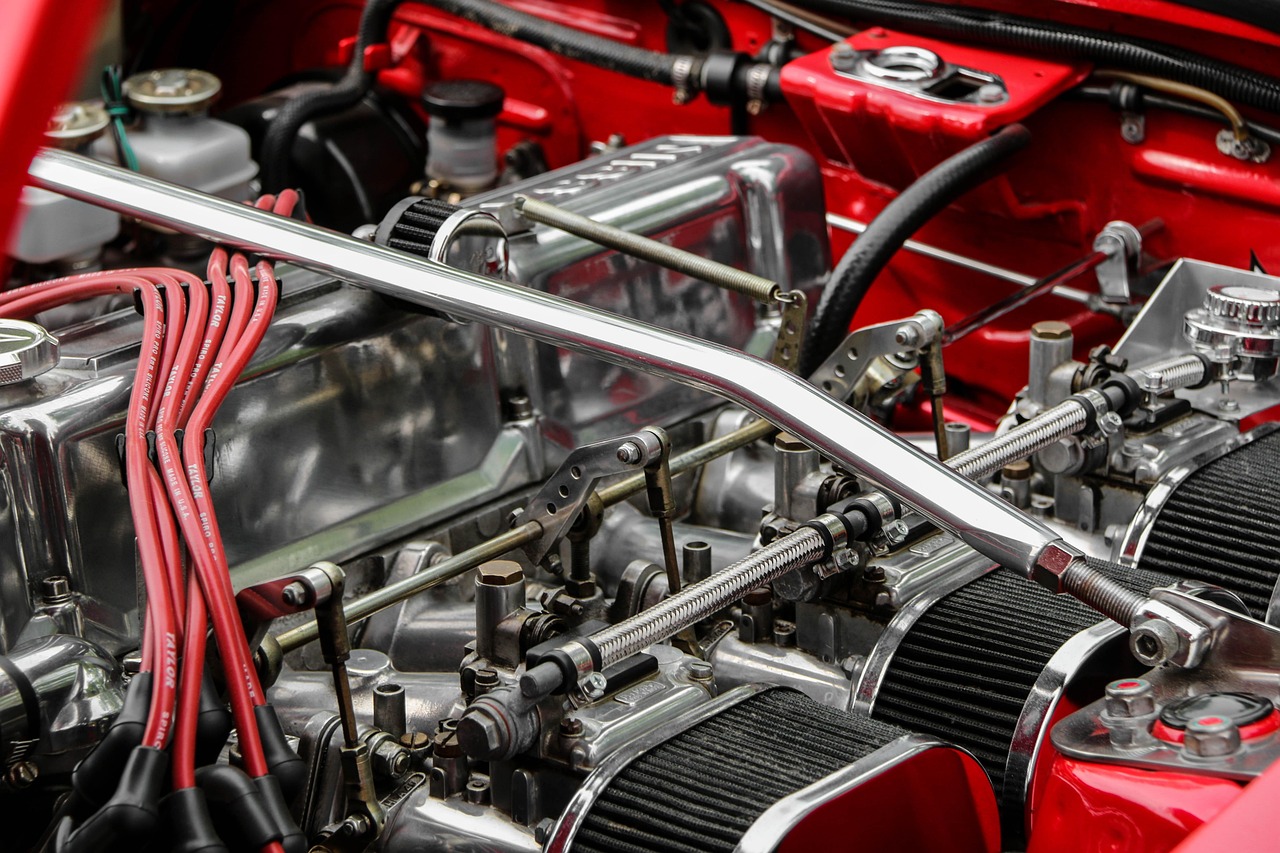Buying a used car is often the best way to stretch your budget—but it’s also one of the riskiest purchases you can make if you’re not careful. Beneath that polished exterior could lie a tangle of hidden issues: unresolved finance, major crash repairs, or even a criminal past.
The solution? A car history check—your shortcut to the truth behind the number plate. This digital deep-dive pulls data from trusted sources to help you avoid expensive mistakes and protect your investment.
Here’s how a simple report can save you from a serious case of buyer’s remorse—and how to use it wisely.
What Is a Vehicle History Report?
Think of a vehicle history report as a digital fingerprint of a car’s past life. It collects official records from the DVLA, insurance databases, police, and finance companies to give you a clear picture of what that car has really been through.
Many drivers refer to this process as an HPI Check—named after one of the UK’s oldest and most trusted report providers.
What Information Does a History Check Reveal?
A quality history report gives you access to information that even the most honest seller may not know—or might choose not to share. Here’s what you’ll find:
1. Registered Keeper History
Learn how many previous owners the car has had, when they changed, and whether it’s been frequently sold on (a possible red flag).
2. Outstanding Finance
If the car has a live finance agreement, the finance company owns it. If you buy it, you risk losing both the car and your money.
3. Write-Off Records
Insurers categorise write-offs based on damage severity. These include:
- Category S: structural repairable damage
- Category N: non-structural (cosmetic or electrical)
The report will show if the car has ever been written off—and why.
4. Mileage Confirmation
Using data from MOT records and service logs, the check can expose clocking (odometer rollback)—a tactic that costs UK buyers millions in overpayment each year.
5. Stolen Vehicle Status
Police data reveals whether a car is currently listed as stolen—an essential check, as stolen cars are routinely seized, even from unaware buyers.
6. VIN Validation
Confirms that the Vehicle Identification Number on the car matches the documents. A mismatch may signal cloning or fraud.
7. Other Alerts
History checks also show changes in number plate or colour, whether the car has been exported or scrapped, and whether there are any safety recalls that haven’t been addressed.
What Happens If You Skip the Check?
Buying without a history check is like gambling with your money. Here’s what could go wrong:
- You buy a stolen car and it’s confiscated by police
- The vehicle is under finance and gets repossessed
- It was written off and may still have hidden safety defects
- The mileage was altered and you overpay by thousands
- It’s been neglected, and the MOT history reveals recurring faults
With a check costing as little as £10–£20, it’s a small price to pay for peace of mind.
How to Perform a Vehicle History Check
Step 1: Collect Key Details
You’ll need:
- The registration number
- The VIN, which can be found:
- On the windscreen base
- Inside the door frame
- Under the bonnet
- Or on the V5C logbook
Make sure the VIN matches across all locations and documents.
Step 2: Use Trusted Check Services
For basic checks (MOT, tax, registration), start with:
- DVLA Vehicle Info
- Check MOT History
- Tax Checker
For full background checks, use paid providers such as:
- Car Owl
- HPI Check
- AA Car Check
- RAC Vehicle Check
- AutoTrader Check
Step 3: Purchase the Report
Enter the vehicle’s details, choose your package, pay securely, and download or receive the report by email—usually within minutes.
Step 4: Scrutinise the Results
Look for:
- Odometer anomalies
- Write-off status
- Ownership turnover
- Any active finance
- VIN inconsistencies
- Theft reports
Even one red flag can be reason enough to walk away.
Step 5: Optional Extras
If you want deeper insight:
- Check open recalls at the DVSA Recall Service
- Submit a Subject Access Request to the Motor Insurers’ Bureau for past insurance claims
- Run a second report from another provider to compare data
Extra Advice Before You Buy
Even if the history is clean, follow these key tips:
✅ Inspect the Car Yourself
Watch for patchy paint, rust, odd smells, or electrical issues
✅ Ask for the Service History
Look for stamps, receipts, or digital logs
✅ Verify the Seller’s Identity
Match their name and address to the V5C logbook
✅ Don’t Trust Deals That Seem Too Good
Use AutoTrader or Parkers to check the fair market value
✅ Avoid Curbstoners
These are unlicensed sellers pretending to be private owners. Check how long the car’s been registered to them
Final Thought: Don’t Guess—Check
A car might look great on the outside, but only a history report tells the full story. It’s the difference between a confident purchase and a costly regret.
Use a reputable platform like HPI Check, Car Owl or AutoTrader Vehicle Check and take the time to understand the report fully.
Because when it comes to second-hand cars, it’s what’s under the surface that really counts.
